Solutions
Horse Construction offers full range of structural strengthening materials with technical supports, documentation supports, products supports, project supports.
Influencing Factors of Elongation of Glued Steel Plate
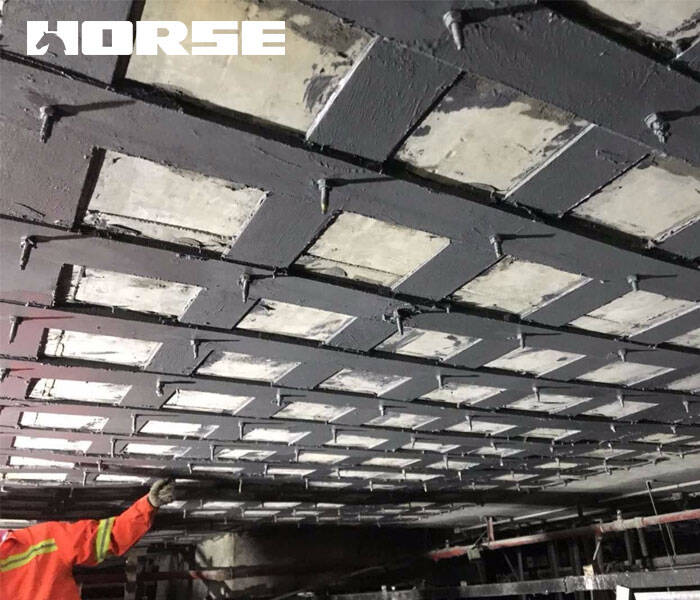
GB50728-2011 "Technical Specification for Safety Appraisal of Reinforcement Materials for Engineering Structures" stipulates the basic performance appraisal standards for structural adhesives used for pasting steel plates with concrete as the base material. Including the elongation of the colloid, the elongation of Class I A grade rubber should not be less than 1.2%, and the elongation of Class I B grade rubber should not be less than 1.0%. The elongation of Type II and Type III rubber should not be less than 1.5%.
At present, there are many varieties of brushed glued steel plate adhesives on the market, but few of them have qualified elongation.
When the materials on both sides of the glue are deformed due to heat or other reasons, the structural glue may be subjected to tensile forces and need to be elongated accordingly. If the elongation of the colloid is small, it cannot produce corresponding deformation and damage, which will affect its strengthening effect.
There are many factors that lead to the unqualified elongation of the glued steel plate glue, including the quality of the glue itself and the inspection process.
This article will study the influence of the components on the elongation of the brushed glued steel glue for structural reinforcement by adjusting the types and contents of the components in the glued steel plate glue. At the same time, it will examine the changes in the elongation of the glue when curing for 7d and 21d. To provide a reference for the development of brushed glued steel plate glue, we also hope that relevant parties will pay attention to the colloidal properties of glued steel plate glue.
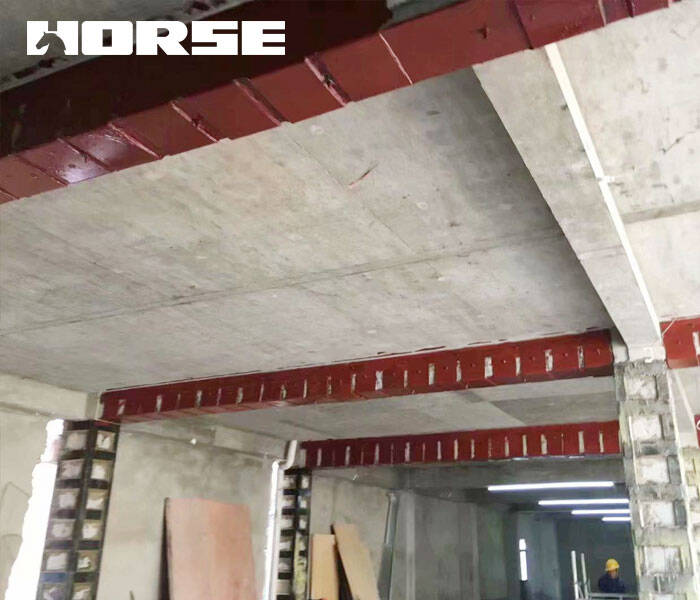
In conclusion
Curing agents, toughening agents, fillers, thinners and age all have an effect on the elongation of the glued steel plate.
The elongation of the colloid formed by the polyamide curing agent is the best, followed by the alicyclic amine curing agent, and the phenalkamine curing agent has the lower elongation. The toughening effect of liquid polysulfide rubber is the most significant, followed by Qishi toughening agent, and the toughening effects of hydroxy-terminated nitrile rubber and dioctyl phthalate are both small. The increase in the amount of curing agent and filler will reduce the elongation of the colloid, and the filler has a significant effect on the elongation. The increase in the amount of toughening agent and diluent will increase the elongation of the colloid. When the amount of toughening agent is large, the elongation will increase slowly.
The elongation rate of 21d colloid is less than that of 7d colloid.
Therefore, appropriate components must be selected and added reasonably when configuring the glue for steel plate glue. Excessive fillers and diluents must not be added in order to reduce costs.
While the change of the glue composition of the glued steel plate increases the elongation, the other properties of the glue will also change accordingly. Therefore, when adjusting the formula, we must comprehensively examine the properties of the glue.
You can find anything here you are in need of, have a trust trying on these products, you will find the big difference after that.
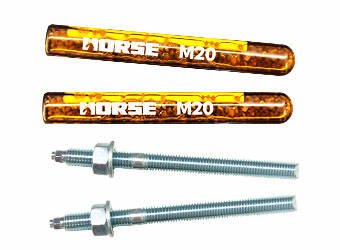
High-strength anchor bolt with vinyl resin as main materials, composed of selected quartz sands, curing agents and glass tubes
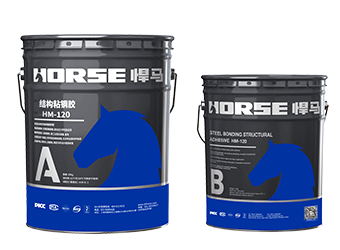
Two-component epoxy modified epoxy structural strengthening adhesive for bonded steel plate to concrete
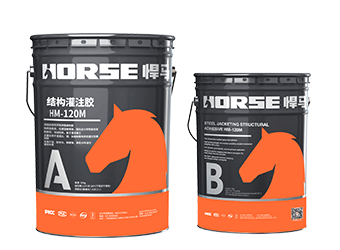
Modified epoxy resin structural perfusion adhesive, specifically for supporting adhesive bonded steel reinforcement